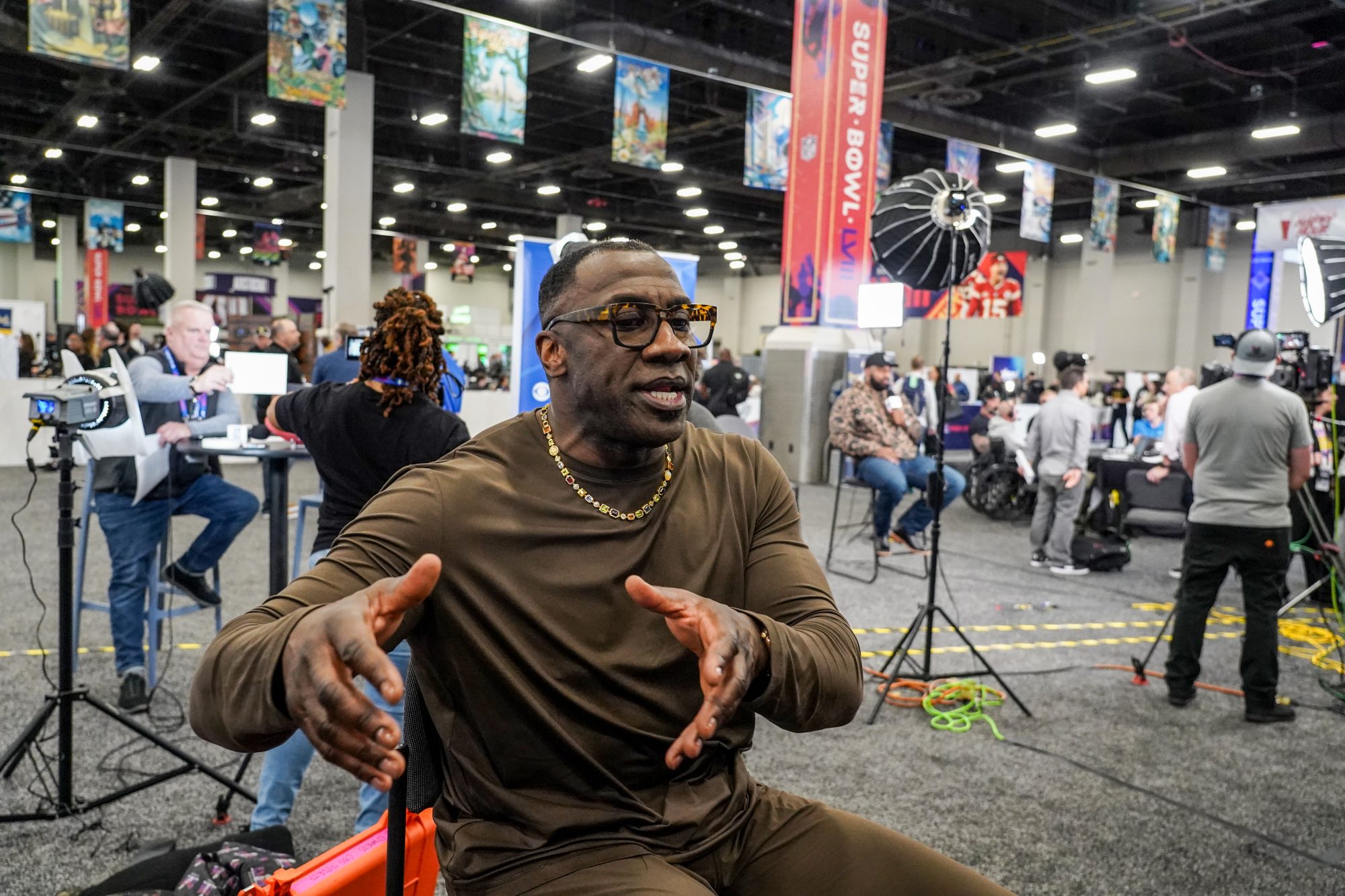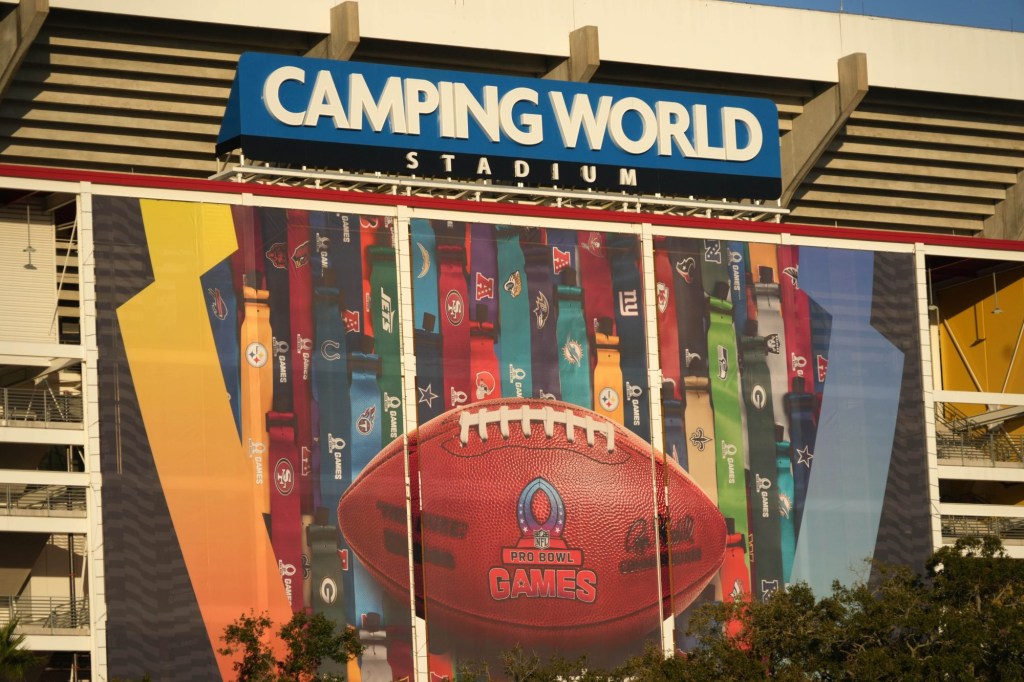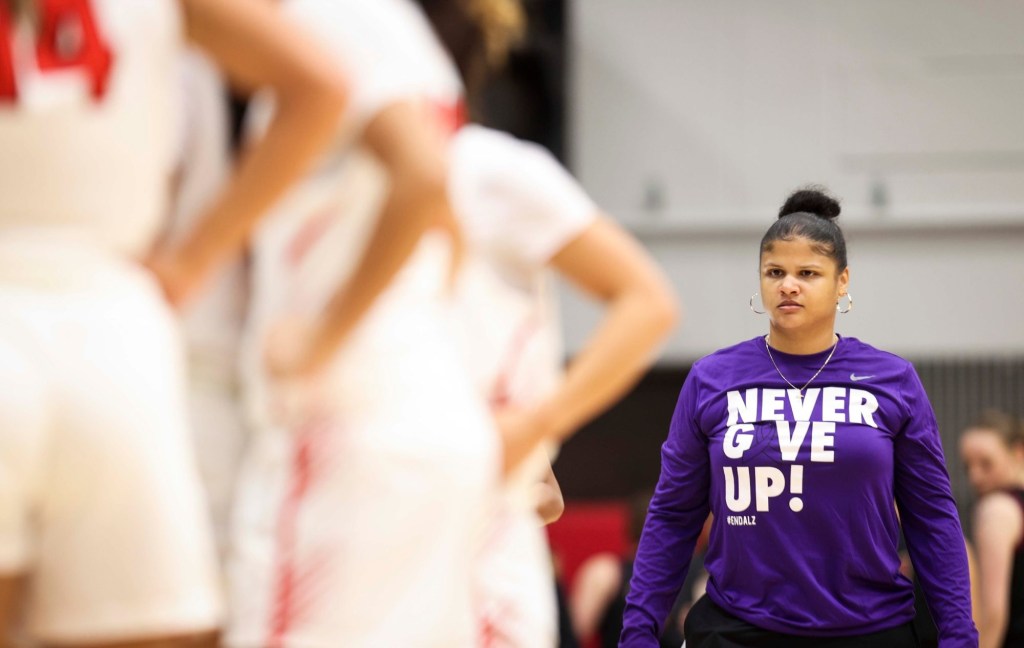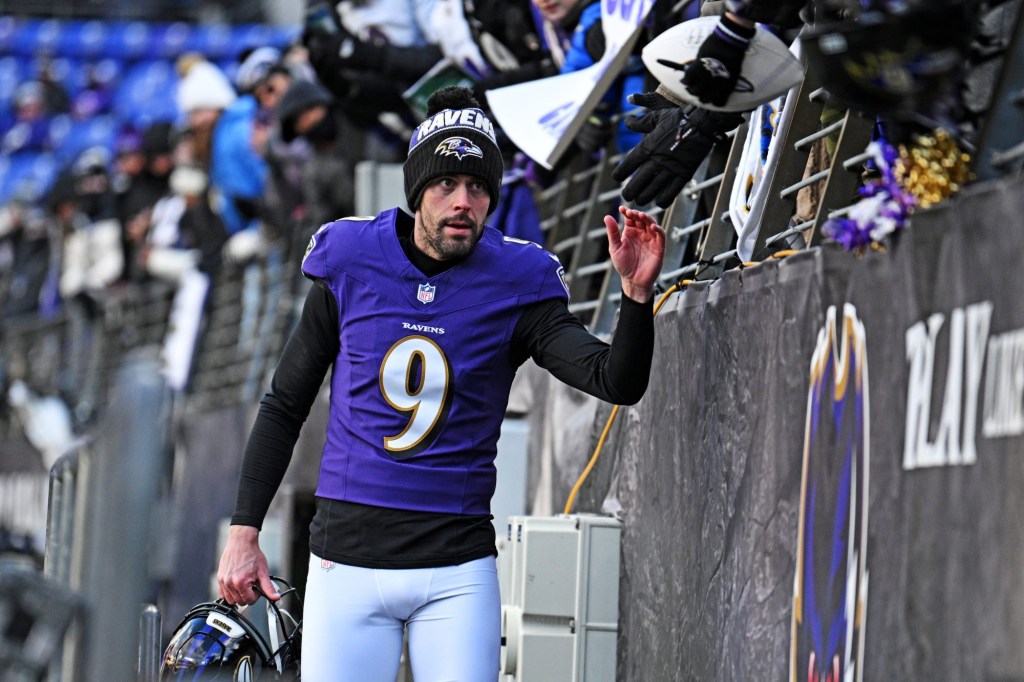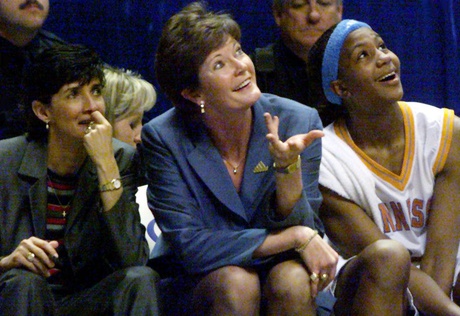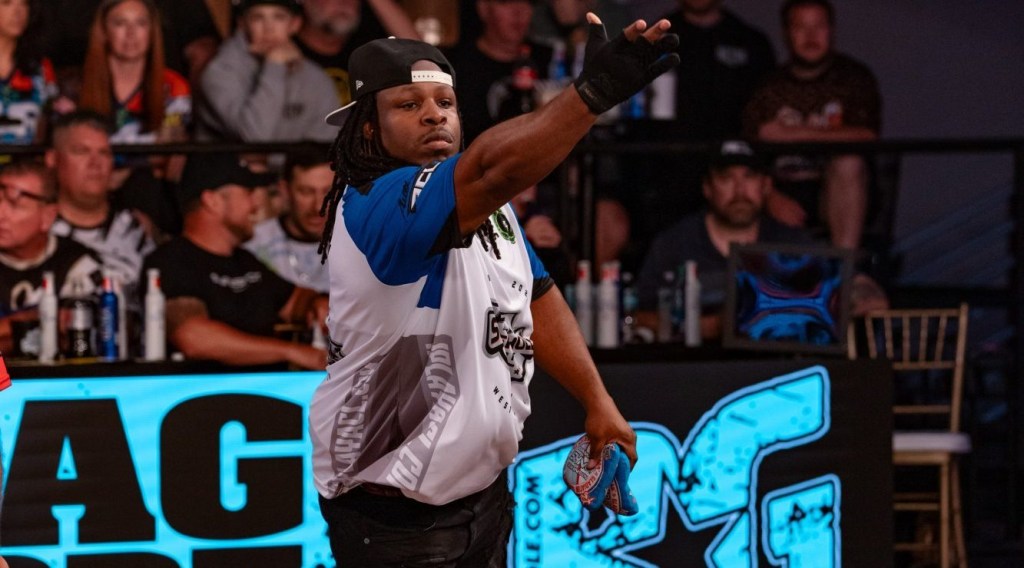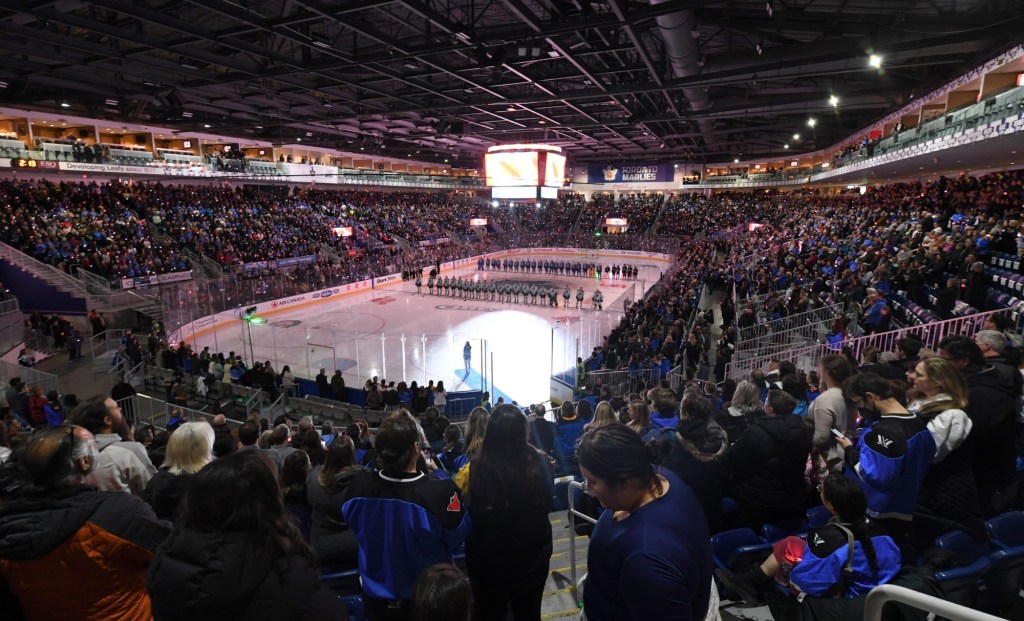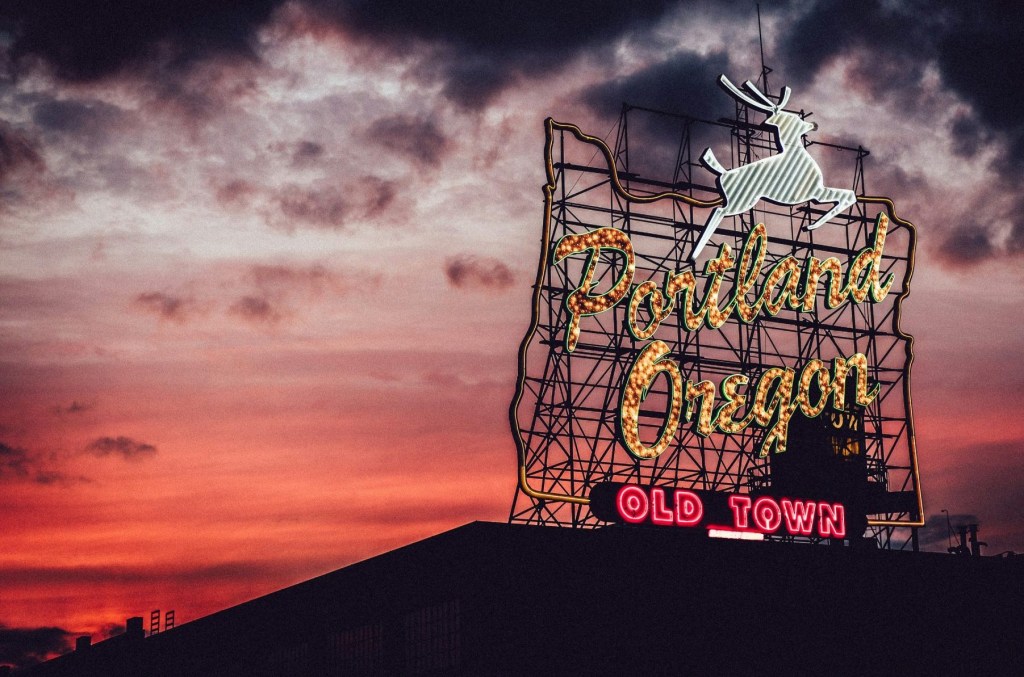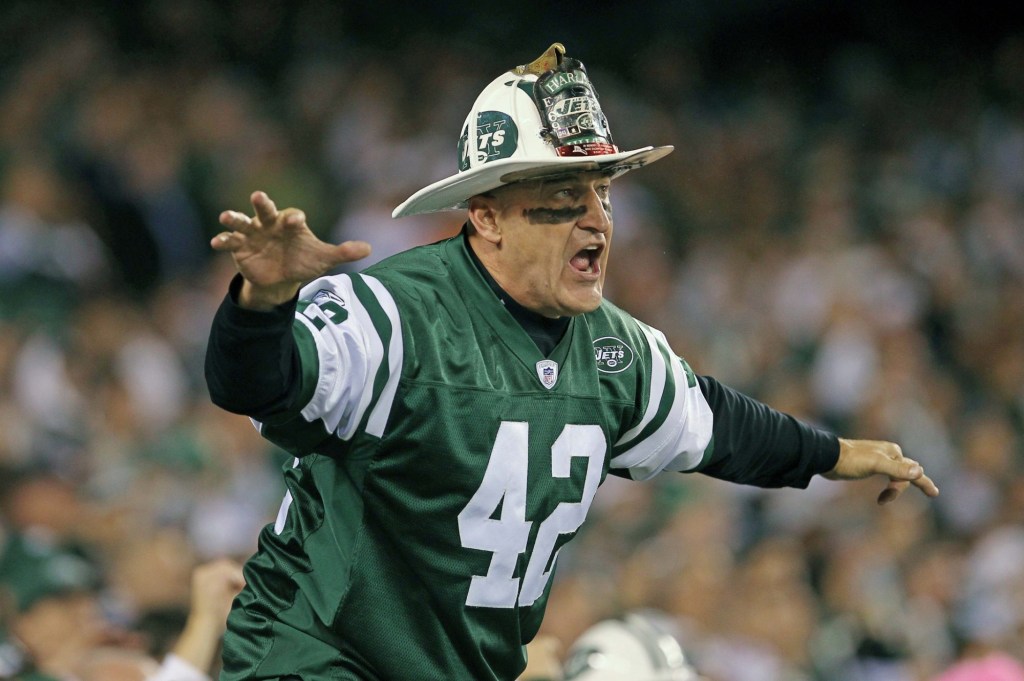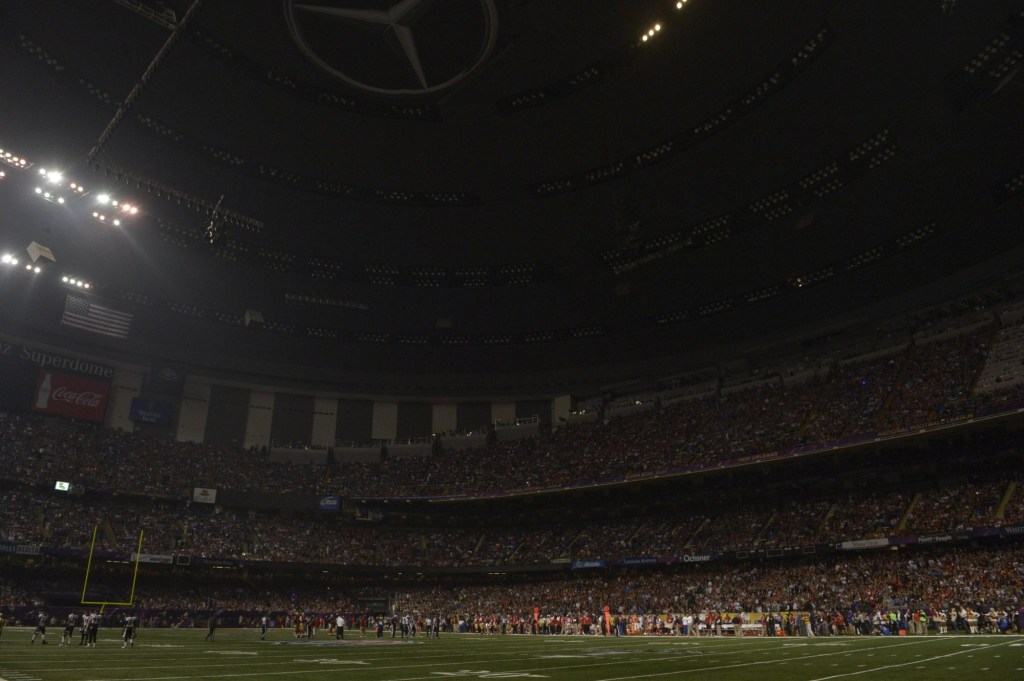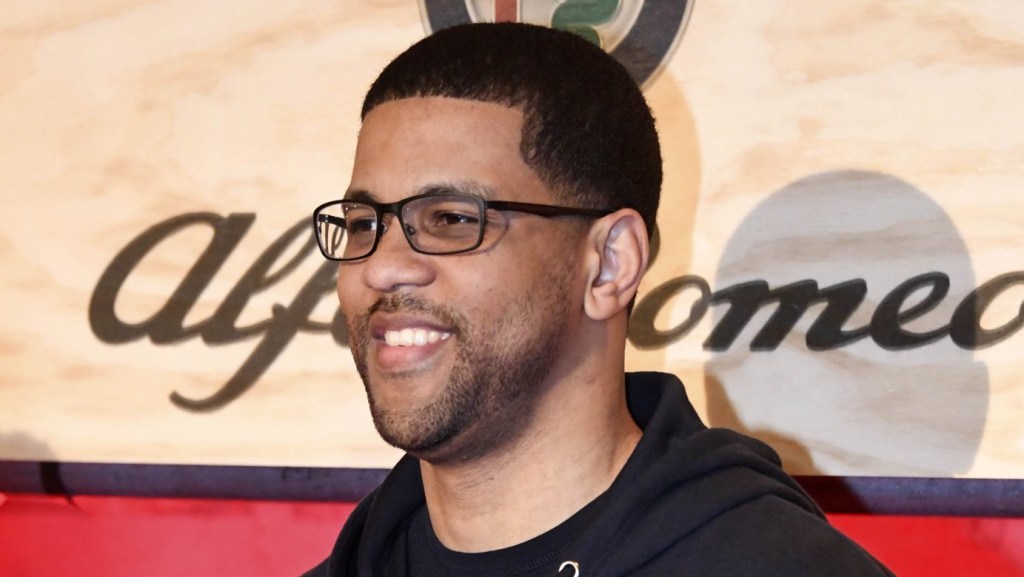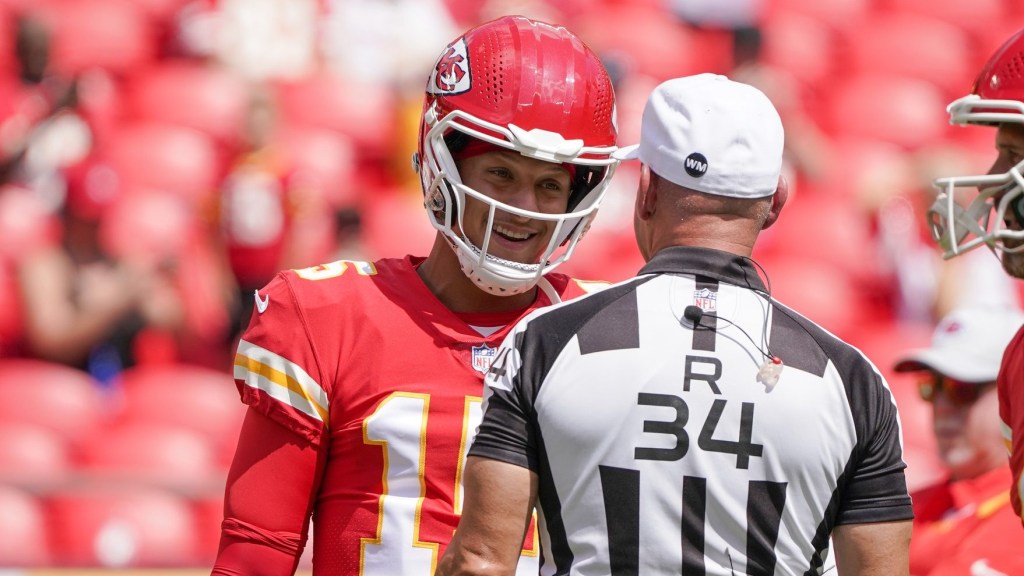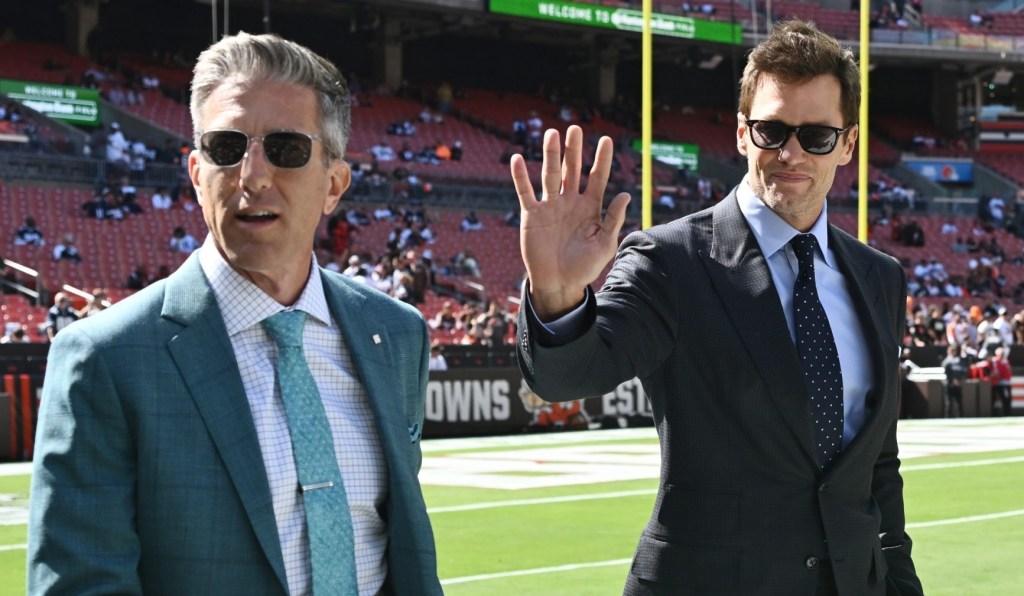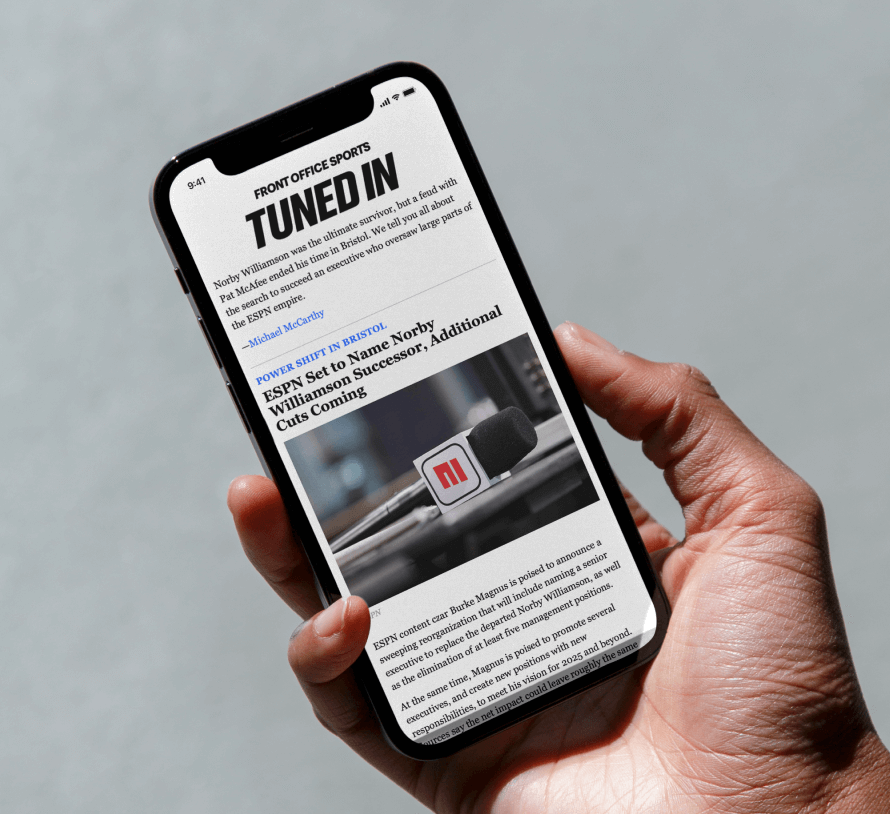LAS VEGAS — ESPN, Warner Bros. Discovery and Fox Corp. may have overlooked some key stakeholders with their ambitious plans for a combined streaming service. Namely: the powerful sports leagues to whom they pay billions in media rights fees.
In Vegas for the Super Bowl, where seemingly all of the media world is amassed, I’m hearing that the leagues went on red alert as soon as the three media conglomerates announced the multisport streaming service Tuesday. The notion: They’re suspicious that the members of the unnamed streamer collective will eventually try to bid for live-game rights as a combined entity, likely reducing the total media rights fees paid out to the leagues.
The new math in sports media is that the more media partners leagues have, the higher the total rights payouts they reap. The NFL, for example, will pull in $110 billion in media rights fees through 2033 across its deals with ESPN, Fox, CBS, NBC, and Amazon Prime Video. Throw in the league’s seven-year deal with YouTube for Sunday Ticket and that’s another $14 billion in the NFL’s pockets.
And other pro leagues are closely following the NFL playbook. That’s why the NHL switched to two national media partners, ESPN and TNT, receiving a combined $625 million per year. With one media partner, NBC—albeit years earlier, in 2011—they collected $200 million per year.
With the NBA’s media rights expiring after the 2024–’25 season, look for The Association to double its media partnership from two to four, say my sources. Incumbents ESPN and TNT could be joined by Amazon Prime Video and NBC, a former media partner. The goal, as always, is to maximize rights fee by signing multiple partners.
For their part, the three companies involved in the joint-venture agreement maintain that they will continue to negotiate and acquire their respective sports rights independently. Let’s take them at their word. But things could change down the road. It’s still a legit concern for rights holders, warns John Kosner, a former NBA and ESPN executive turned media consultant. “Anything that potentially cuts down on the number of competitors bidding on sports rights is going to be, by definition, a significant concern to sports rights holders. It has to be,” Kosner tells Front Office Sports.
Adding to the suspicion: The leagues were “blindsided” by Tuesday’s blockbuster morning announcement, according to The Wall Street Journal. Sports leagues like to be briefed in advance about any shifts in business strategy. Apparently that didn’t happen this week.
“An effort to notify the leagues wasn’t made until Tuesday, before a planned announcement. Many learned of it when The Wall Street Journal broke the news,” the Journal reported. “The reason for the cone of silence was to keep the plans from leaking prematurely during the months the companies were settling the details, people involved in the partnership said.”
With the dust settling, two days later, leagues are still looking for answers on what this thing is, when it will launch, who will run it, and, most importantly, how it will impact them. Until then, they’re playing catchup.
“While we look forward to learning more about this new venture,” an NBA spokeswoman tells FOS, “we’re encouraged by the opportunity to make premier sports content more accessible to fans who are not subscribers to the traditional cable or satellite bundle.”
Let Romo Be Romo
That’s the critical advice I got from several top-ranking sports TV execs on the mounting online criticisms of Tony Romo.
On Sunday, CBS Sports’ lead NFL analyst will call his third Super Bowl in seven years, alongside Jim Nantz and Tracy Wolfson. A great performance would put the 43-year-old back on track to become the “next John Madden.” A lousy one could put him squarely behind the current crop: Greg Olsen of Fox Sports, the new critical darling, as well as veterans Troy Aikman of ESPN, Cris Collinsworth of NBC, and Kirk Herbstreit of Amazon.
When he joined CBS in 2017, the former Cowboys quarterback was hailed as “Romostradamus” for his uncanny ability to predict plays. Whether by design or the passage of time, Romo’s gotten away from what made him stand out. One former producer compared him to a hockey shooter who’s squeezing the stick too tight.
“Here’s my advice for Romo: Let it rip on Sunday,” the TV exec tells FOS. “You’ve got to dance with who brung you. If predictions are your thing, then lean into them.”
When Romo’s at his best, as he was in the AFC championship game in 2019 between the Chiefs and Patriots, he’s almost clairvoyant. It might be time to crank up the play-calling crystal ball again on Sunday, the exec said.
“He seems to have backed off that a bit. I think it is still effective as long as he provides some context as to what he saw that tipped him to that call. Of course, he needs to balance that with an analyst’s job, which is to basically get in, analyze, and get out. You can’t just keep talking to fill dead air.”
And at the Super Bowl, dead air has been an enemy for Romo, who’s been dealt two boring Big Games in a row. Says the exec: Romo is “going to need a good show Sunday to quiet the naysayers.”
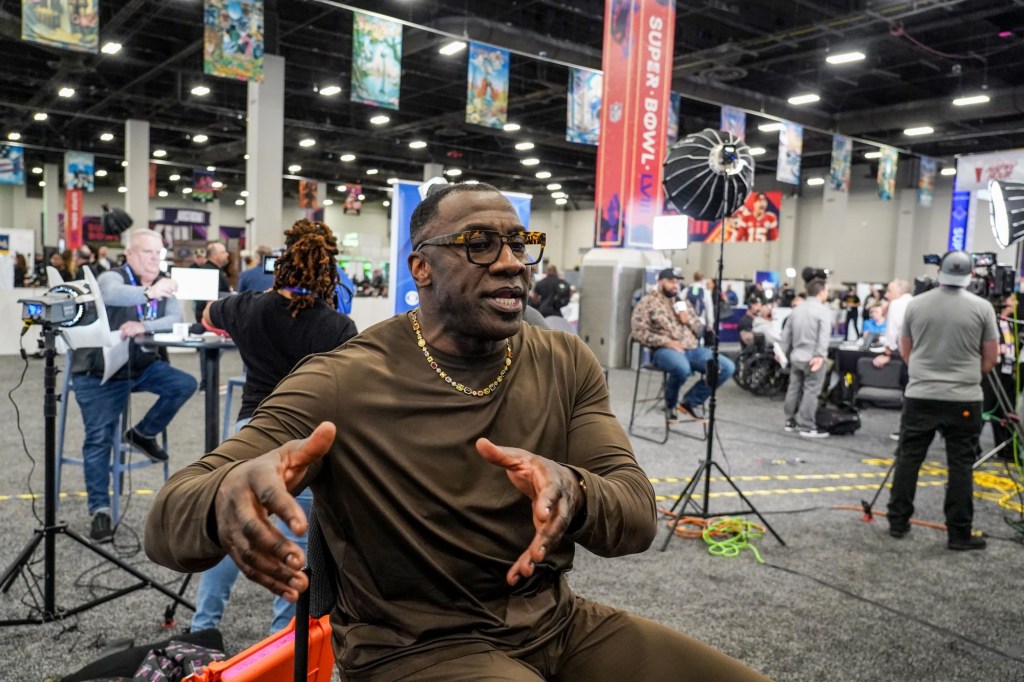
Shannon Sharpe’s Revenge Tour
Living well has been the best revenge for Shannon Sharpe. After getting pushed off FS1’s Undisputed by longtime TV partner Skip Bayless last year, the three-time Super Bowl champion is making a comeback. His nearly three-hour Club Shay Shay interview with Katt Williams broke the internet, with 57 million views and counting. His two-year-old YouTube show now has more subscribers than rival Bayless’s Undisputed on the platform. He has helped Stephen A. Smith, Molly Qerim, and ESPN’s First Take establish a commanding audience lead over Undisputed. And he has a lucrative alliance with Colin Cowherd’s The Volume. Below, some highlights from FOS’s conversation with Sharpe, whom we caught up with in Las Vegas for the Super Bowl:
On why he didn’t interrupt Williams in their interview
“He starts going—and he goes 30 minutes. Now, the decision that I had to make is: Do I cut him off and get to what the story is? Or do I just let him go? I think a lot of times those mistakes that people make when they have a platform is that they want to hear their voice, and the audience wants to hear the guest. So I let him go.”
On his partnership with Stephen A. Smith and ESPN
“When I was going through what I was going through [at Fox], Stephen A. reached out and said, ‘Big boy, I want you.’ I’m so happy that they wanted me, they believed in me, because after I left Fox, I didn’t really know.”
On his bruising on-air battles with Bayless and his departure from Fox
“I don’t have a problem [with them]. I’ve moved on. I appreciate [Skip]. I thank him for everything that he did. He gave me that opportunity. He went to bat for me.”
—Michael McCarthy’s “Tuned In” column is at your fingertips every week with the latest insights and ongoings around sports media. If he hears it, you will, too.
